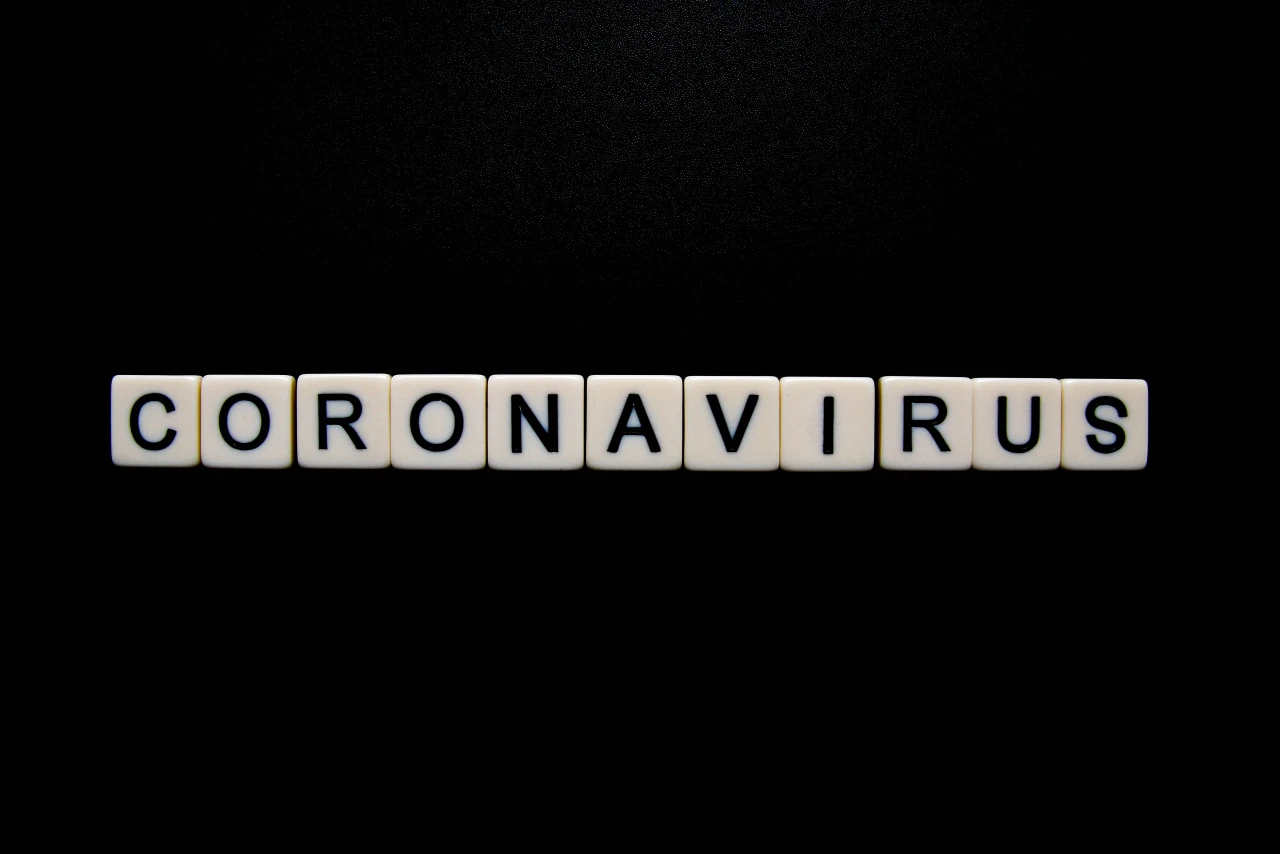Dueling accounts of a hotel job fair offer a choice: Blame lazy workers, or lousy jobs
As Republican-controlled states cut off added federal unemployment aid to millions of workers, The New York Times and The Wall Street Journal are on the spot with dueling takes on the effects of the cut-offs. The picture you get of the situation in Missouri—one of the earliest states to end the benefits, on June 12—is very different depending which newspaper you’re reading. But when you dig into the details, it gets interesting.
The Times opens at a job fair with few job applicants, and notes, “Work-force development officials said they had seen virtually no uptick in applicants since the governor’s announcement, which ended a $300 weekly supplement to other benefits. And the online job site Indeed found that in states that have abandoned the federal benefits, clicks on job postings were below the national average.”
The WSJ opens “The number of unemployment-benefit recipients is falling at a faster rate in Missouri and 21 other states canceling enhanced and extended payments this month, suggesting that ending the aid could push more people to take jobs.”
Hmm, okay … What does that “push” look like?
One woman interviewed by the WSJ has just had her federal unemployment benefits cut off and is scrambling to find food for herself and her two children. But taking a low-wage job would cause her to lose the health insurance still being covered by the corporate-travel agent job that furloughed her during the pandemic. She’s hoping to be recalled to that job, but in the mean time, the unemployment aid cut-off means she’s turning to food pantries.
Is this supposed to be the face of those lazy people taking unemployment benefits because they don’t want to work? Someone whose previous job valued them enough to pay for health coverage through a long furlough, who doesn’t want to lose that benefit in exchange for minimum wage and no benefits?
The greatest moment, though, comes when you realize that the two newspapers reported on the recent hiring success of the very same hotel. According to the WSJ, hotel company Midas Hospitality had a recent uptick of applications in Missouri, in particular at the Element Hotel in St. Louis, at the time of the unemployment aid cut-off.
Here’s the Times on the very same Element Hotel: “The hotel, which is on a major bus line, raised its starting wage to $13.50 an hour, the second increase in two months. It also offers benefits and a $50-a-month transportation allowance. The number of applicants shot up—to 40 from a handful the previous month—after the second wage increase.”
What. Do. You. Know. They raised pay and applications increased. The state’s minimum wage is $10.30 an hour, so $13.50, while still not a living wage for a single person in St. Louis, is a substantial boost over the minimum.
A woman interviewed by the Times, who was offered a job on the spot at the Element Hotel job fair and took it, already had a job as a housekeeper at a hotel near the airport, forcing her into a two-bus commute that took up to four hours on weekends. But if you read the WSJ, all you hear is that “several” of the people who were offered jobs at that job fair had been unemployed for at least six months. There’s no word on what those people’s stories were or how they would explain their choice to take that $13.50 an hour, benefits, on a major bus line job offer at this moment in time.
The U.S. economy is in recovery from a precedent-shattering, historic pandemic. No one really knows what path economic recovery will take, and many stories can be told about what is happening at any given moment. It’s clear that lots of workers are looking for a better deal than they’ve gotten in recent years—and, in some cases, finding it as employers scramble to staff back up quickly. It’s a certainty that some workers will be pushed into taking lousy jobs by the unemployment aid cut-off—but how much suffering will result?

